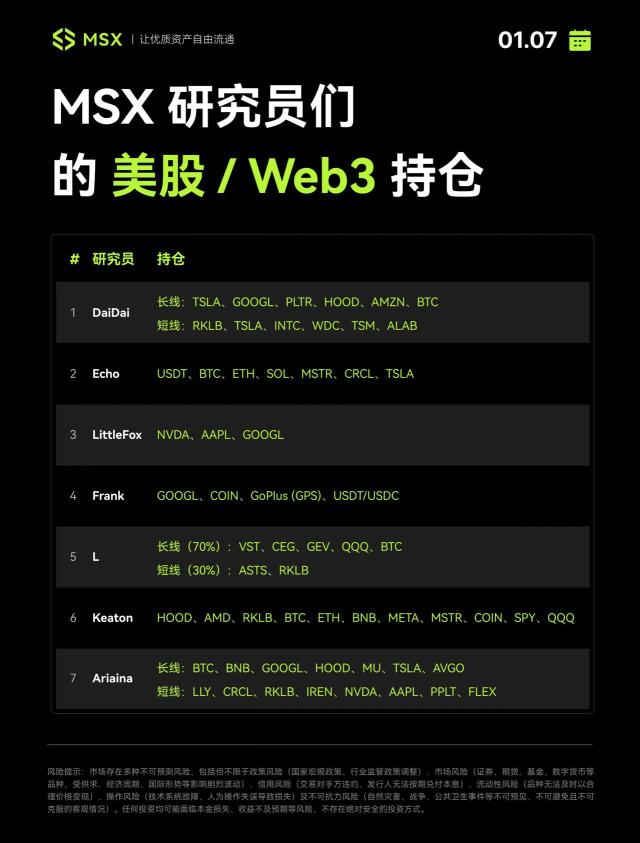The two-day Binance Blockchain Week Dubai 2024 was grandly held from October 30 to 31 in Dubai, with the theme of "Momentum", focusing on the rapid progress made by the Block industry in addressing challenges and achieving major milestones since the previous Istanbul conference.
In the dialogue session on "Web3 Usability" on the second day, several guests from the wallet and payment sectors engaged in in-depth discussions on the optimization of Web3 user experience, stablecoins, and security, providing new perspectives for the future popularization and application of Block technology.
Guest list:
- Reown (formerly WalletConnect) CEO Jess Houlgrave
- Trust Wallet CEO Eowyn Chen
- Mastercard Senior Vice President Christian Rau
- LuLu Financial Holdings Business Transformation Assistant Vice President Joseph Cleetus
Challenges in User Experience
The moderator first asked the guests whether the current user experience is friendly enough for new entrants to the Web3 field, and what are the main challenges they face. In response to this question, the guests expressed their views on the current Web3 user experience and the need for optimization.
Jess Houlgrave: I think we have made great progress, and we no longer need everyone to remember the seed phrase and then go somewhere to recharge the wallet. But even now, there is still too much complexity, such as the management of assets on different chains and the need to understand gas fees. She pointed out:
The Web3 industry needs to raise the standard and improve the user experience to at least the level of Web 2.0, or even higher.
Eowyn Chen: We launched a smart contract wallet called SWIFT Wallet in February this year, which can simplify gas payment and private key management (using passkey). She said:
Users only need one-click and face recognition to create a wallet, without needing to worry about technical details. Currently, there are over 1 million wallets in use, with a retention rate of over 50%.
Eowyn added that this wallet is particularly popular among the elderly population in Europe, who are converting their cash savings into stablecoins for safekeeping, as they do not trust traditional banks. She said:
This is very practical, isn't it? Self-custody, holding your own assets. Although many people don't know it, I think the future is already here, it just hasn't been widely understood yet.
Traditional Finance Integrating with Web3 Provides Users with More Choices
As a representative of a traditional financial giant, Mastercard Senior Vice President Christian Rau shared their explorations in the Web3 field and their outlook for the future.
Christian pointed out: We want to make Bitcoin a secure, simple, and easy-to-use platform, where users can transfer fiat currency into the Web3 world through Mastercard. Furthermore, we also hope that users can not only use Web3 wallets for consumption on the chain, but also in real life.
Providing practicality is the key, as the traditional financial system has many shortcomings, but I will not ignore its advantages.
For example, your card can already be placed in Apple Pay or Google Pay, which is a very attractive feature.
We are collaborating with many companies in the Web3 field to recreate such a user experience and bring it into Web3, as this is the trend of the future. Christian emphasized:
We will not push anyone towards Web3 or Web2,
but rather hope to provide freedom of choice,
that is our goal.
Although some people are concerned that the entry of traditional finance or Web2 into Web3 will undermine the essence of Web3, I believe that the two can actually develop in a win-win direction, as many models that work well in traditional finance can be applied in Web3, and the innovations of Web3 also have their unique value.
This will not be an "either-or" relationship, but a "coexistence" state. FinTech has not replaced traditional banks, but has raised the user experience standards of the entire industry, and Web3 will do the same. I believe these two worlds will converge and raise the standards for traditional industries. Whether it's media consumption, work models, or other aspects, Web3 can bring innovation and complement and drive the progress of the financial industry.
Benefits of Applying Stablecoins
Regarding the role of stablecoins in financial services, LuLu Financial Holdings Business Transformation Assistant Vice President Joseph Cleetus shared their experience of using stablecoins in cross-border payments, pointing out that the traditional correspondent banking model is expensive, time-consuming, and requires a large amount of capital.
Joseph Cleetus stated that they have started using stablecoins for settlement in some regions:
Joseph Cleetus added that they are trying to promote cryptocurrency payments, and are currently running a pilot program to accept stablecoin payments at hotels, hoping to bring Web3 to the masses, not just the tech community. ### Continuous optimization from technology to user experience The host then asked the guests what the ideal user experience should be like. Eowyn: The ideal experience should be a seamless experience, where users don't need to click multiple times, and can create a wallet with just one click. The next challenge is "how to acquire assets". We now provide the function to deposit assets from Binance and Coinbase with one click, but this is still not ideal. Our goal is for users to be able to directly convert fiat currency to cryptocurrency within the wallet interface. Converting from fiat to cryptocurrency is very difficult, not only a technical problem, but also involves the supporting ecosystem, banking infrastructure, financial services and local regulations in each region. But we are constantly working on this to ultimately provide users with a seamless experience, just like the Apple Pay payment in Web 2.0, which is the ideal experience we hope for cryptocurrency onboarding. Jess shared the importance of developers in improving the user experience. She explained: > We have built three things, we have built the Wallet Connect network, and provided tools for applications and wallets. As more and more mobile applications are launched, we have started to develop on other platforms, and recently launched a Unity SDK for game companies. We are seeing more diverse applications and more demand. In terms of wallets, data shows that over time, people's demand for different types of wallets is becoming more diverse, rather than less, for example, I might use one wallet to consume USDC to buy coffee, and another wallet to store assets. ### Security challenges and risk education When discussing security issues in the Web3 world, the guests mentioned that protecting digital assets and fraud risks are still the main barriers for new users to get started. Eowyn: Security can never be 100% secure, even in traditional banking, there are risks of bankruptcy or database hacking. The security of Web3 needs to be achieved through industry standards, and user education should be strengthened to teach them how to protect themselves in the digital world, such as identifying fraudulent addresses and high-risk transactions. Security and self-custody is a spectrum, we should educate users to choose when to use self-custody and when to use custodial solutions based on their own needs. In addition, we can provide tools to help users learn how to protect themselves, such as providing red warning prompts when users interact with high-risk wallet addresses, although we cannot prevent users from operating, at least we can remind them of the risks. Developers should also set their own standards higher, ensuring the security of the code, and enhancing the ability to detect potential fraud. This can help users make wiser decisions.The benefit is that the settlement is almost instant, reducing the need to hold a large amount of capital, and it can operate 24/7 without interruption. We pass on the savings to customers, allowing us to provide the most competitive exchange rates in the market.






